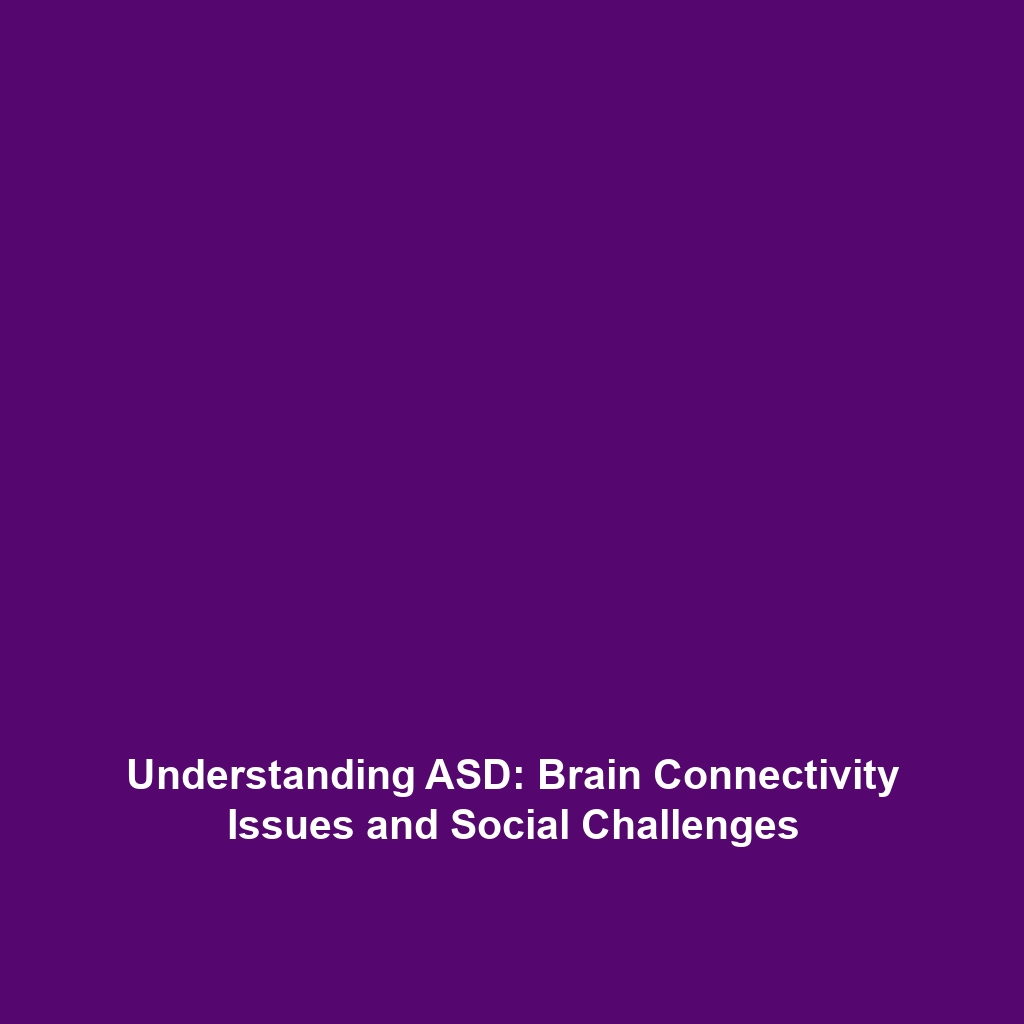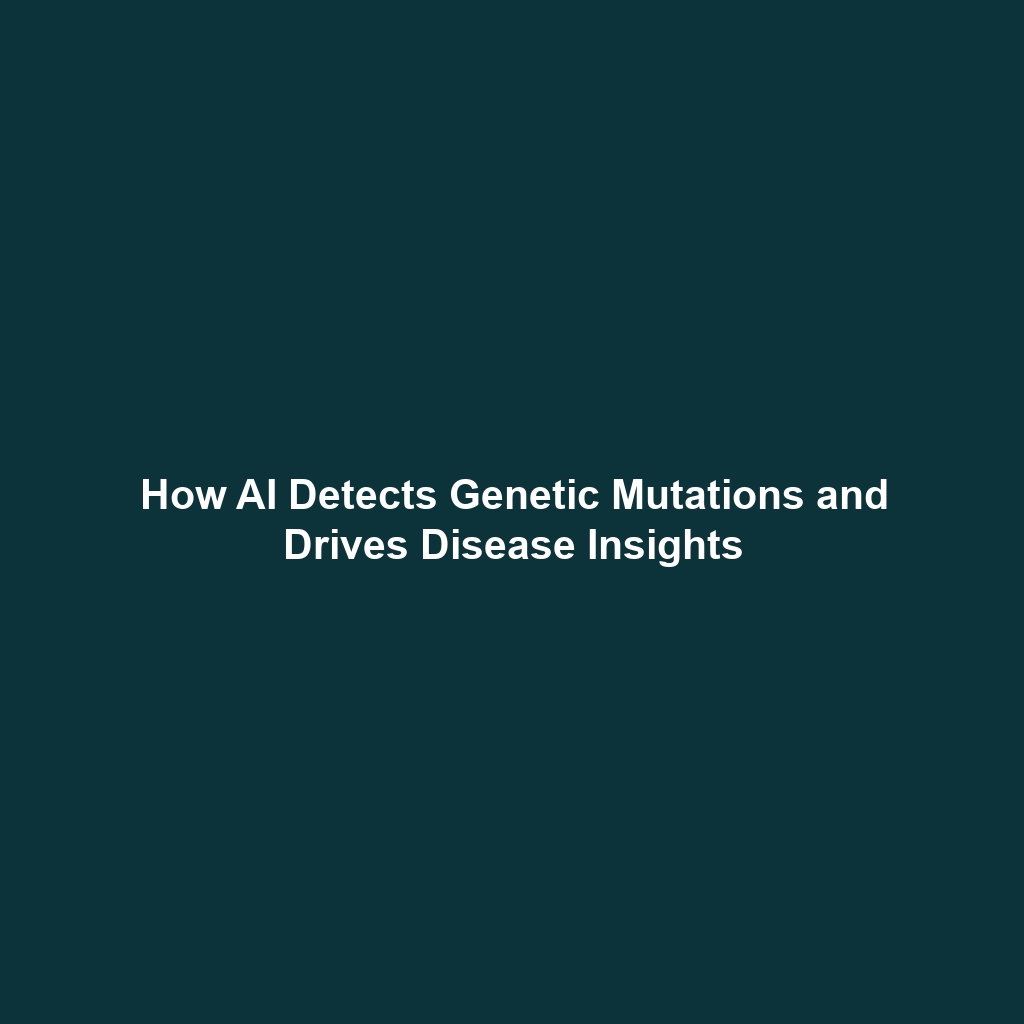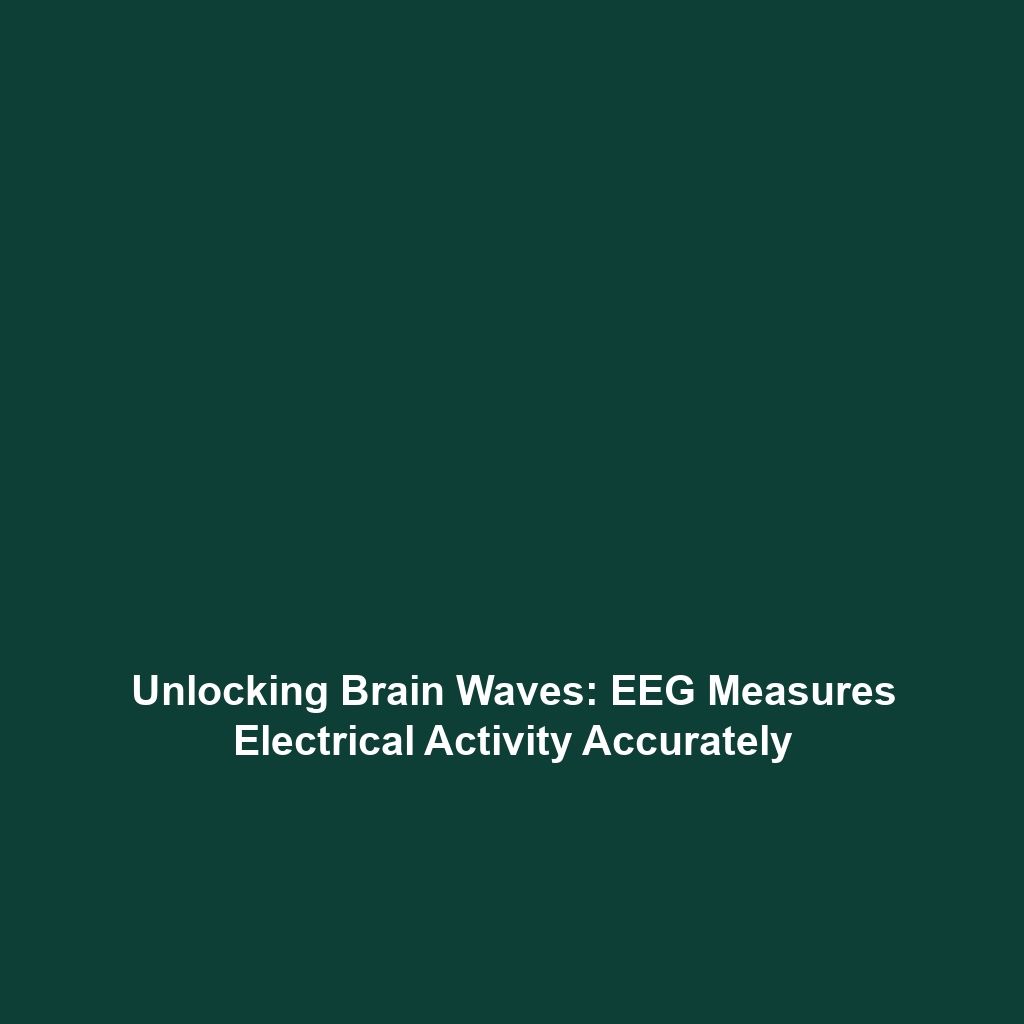Autism Spectrum Disorder (ASD): Abnormalities in Brain Connectivity and Function impacting Biomechanics
Autism Spectrum Disorder (ASD) is a complex neurodevelopmental condition characterized by persistent challenges in social behavior and communication. Recent insights in biomechanics have illuminated the critical connection between abnormal brain connectivity and function in individuals with ASD. Understanding these nuances is vital, as they shape therapeutic approaches and intervention strategies aimed at improving the quality of life for those affected by this condition.
Key Concepts
Understanding Autism Spectrum Disorder (ASD)
ASD is marked by diverse neurobiological differences leading to unique behavioral patterns. The condition encompasses a wide spectrum, illustrating varied symptoms and challenges. Key concepts include:
- Brain Connectivity: Research indicates atypical connectivity among various brain regions in individuals with ASD, impacting their ability to process social cues.
- Functional Abnormalities: Dysfunction in neural circuits is often linked to communication barriers and social interaction challenges.
- Biomechanical Considerations: Understanding how physical movements and sensory processing are affected in ASD can lead to targeted therapies.
Applications and Real-World Uses
Exploring how Autism Spectrum Disorder (ASD) is used in biomechanics reveals several significant applications:
- Therapeutic Interventions: Biomechanical assessments can inform behavioral therapies, focusing on improving motor skills and coordination in individuals with ASD.
- Assistive Technologies: Innovations such as wearable devices and adaptive tools leverage biomechanics to enhance communication abilities.
- Enhanced Learning Environments: Incorporating principles of biomechanics in educational settings can support varied learning styles and enhance engagement for students with ASD.
Current Challenges
Despite the advancements in understanding ASD through the lens of biomechanics, several challenges remain:
- Limited access to specialized biomedical assessments for early diagnosis.
- The variability among individuals with ASD makes it difficult to generalize findings.
- Resource constraints limit the development and implementation of biomechanics-based interventions.
Future Research and Innovations
Exciting developments are on the horizon regarding Autism Spectrum Disorder (ASD) and its correlation with biomechanics:
- Neurotechnology: Innovations such as brain-computer interfaces may enhance communication capabilities for individuals with ASD.
- Precision Medicine: Future research may focus on tailored interventions based on individual biomechanical and neurobiological profiles.
- Integrative Therapies: Combining biomechanics with behavioral therapies promises a holistic approach for better outcomes.
Conclusion
In conclusion, Autism Spectrum Disorder (ASD) presents unique challenges related to brain connectivity and social communication, profoundly impacting individuals’ lives. By delving deeper into the biomechanics of ASD, we can develop more effective interventions and improve support systems. As research evolves, ongoing exploration will be key to unlocking potential breakthroughs in therapy and support. For further reading on related topics, explore our articles on brain connectivity in neurodevelopmental disorders and therapeutic approaches in biomechanics.


